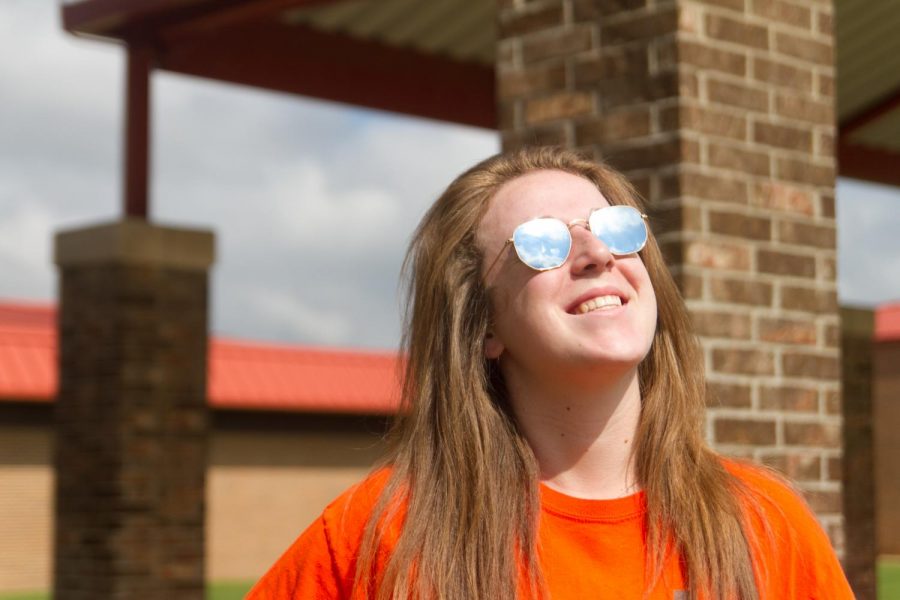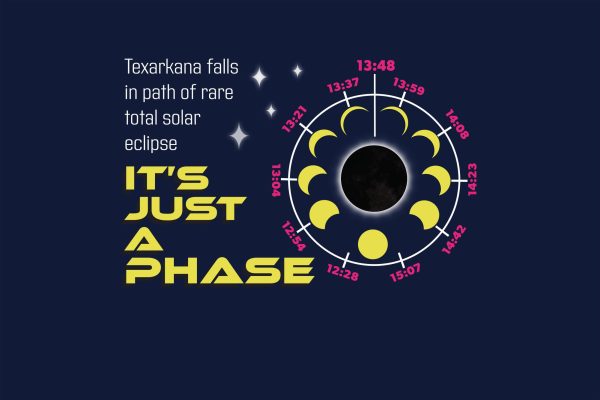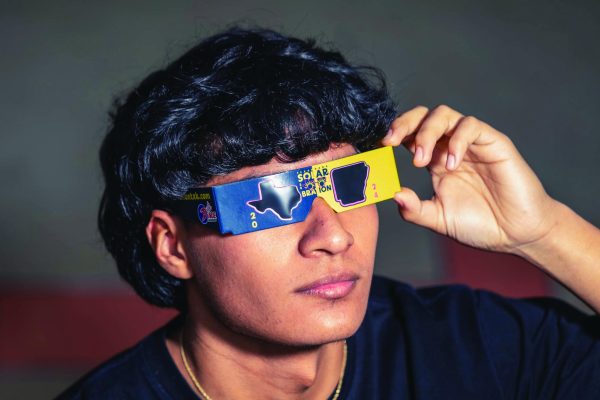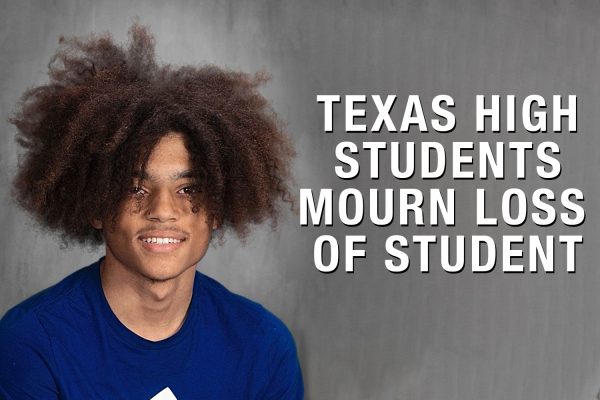Here comes the sun
August 18, 2017
On August 21, there will be a total solar eclipse expanding from Oregon to South Carolina for approximately an hour and a half, with periods of totality lasting for two and a half minutes. In Texarkana, which is not in the path of totality, the period of shadowing will last about three hours, from 11:00 a.m. to 2:00 p.m.
All around the world, there are total and partial eclipses every year. For the first time in almost a century, the United States will be experiencing a coast to coast solar eclipse.
“A solar eclipse is when the moon comes between the sun and us here on earth,” Clemson University astronomer and physicist expert Dr. Amber Porter said. “So the moon will actually be casting its shadow onto the planet, and depending on how that shadow falls where you live, you’ll see a slightly different version of the eclipse.”
For northeast Texas, the eclipse will be at an 8.5 magnitude meaning approximately 85 percent of the sun is covered by the moon.
“This happens once a month during the New Moon phase, but sometimes the angle of the moon’s orbital plane will be just right to cause a small shadow on earth,” Texas High astronomy teacher Nathan Upchurch said. “The reason it is rarely seen is because the width of the shadow is around 70 miles at the darkest point. We will be in what they call the penumbra of the solar eclipse, because the shadow is so small relatively speaking few people see it.”
While sunglasses can help to protect your eyes from the sun, in order for this phenomenon to be viewed directly, eclipse glasses must be worn. Eclipse shades are 1000 times darker than sunglasses making the only light visible through the glasses to be the light of the sun.
“I have a class set of solar glasses which allowed students to view the eclipse,” Upchurch said. “We just received a solar projector which will allow us to project the sun with sunspots onto a white background or the side of a building, and we also have about 20 binoculars students can use to project onto paper.”
At Texas High, there will not be a school wide event, but some STEM teachers will be doing activities with their classes.
“I know I will take my class outside to watch it,” Upchurch said. “Mrs. Ayers and other teachers have expressed interest in seeing it. I hope any teacher who is interested will have some time to do this, but there are no viewing parties as far as I know scheduled.”
Even if a teacher does not take their class out to view the eclipse, during lunches it will be visible. Some of the natural after effects can also be seen throughout the day and not just during the time period of covering.“A little noticeable temperature drop, cooling in the atmosphere may increase the cloud cover some,” Upchurch said. “and I think students will be blown away by the experience if weather permits especially if they like natural phenomena like this.”
The next total solar eclipse in the United States will be in 2024, with Texarkana in the path of totality.






















Karen Alford • Aug 18, 2017 at 8:32 pm
I AM SO PROUD OF YOU AUTUMN GOLDEN.YOU DID A GREAT JOB WITH WRITING THIS ARTICLE.